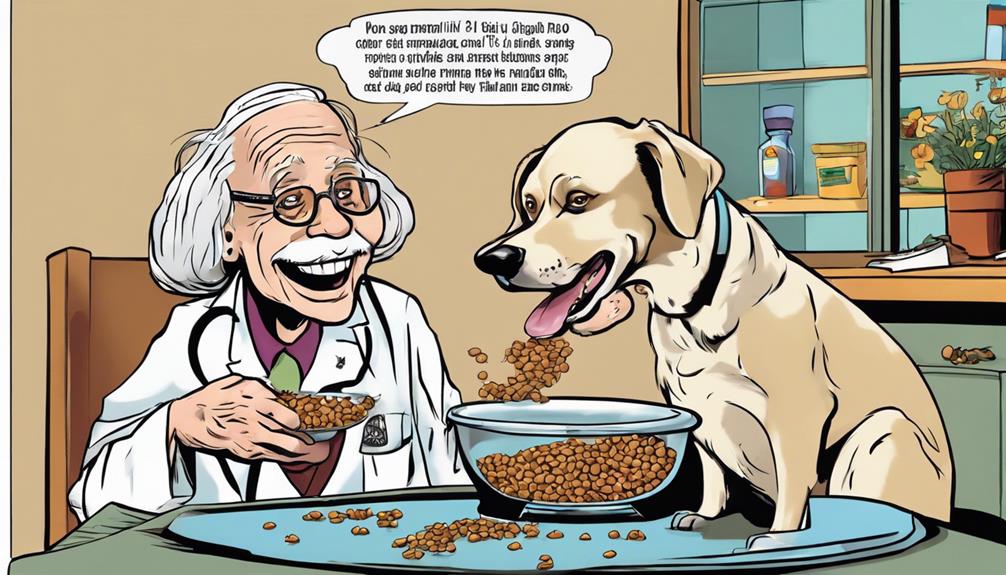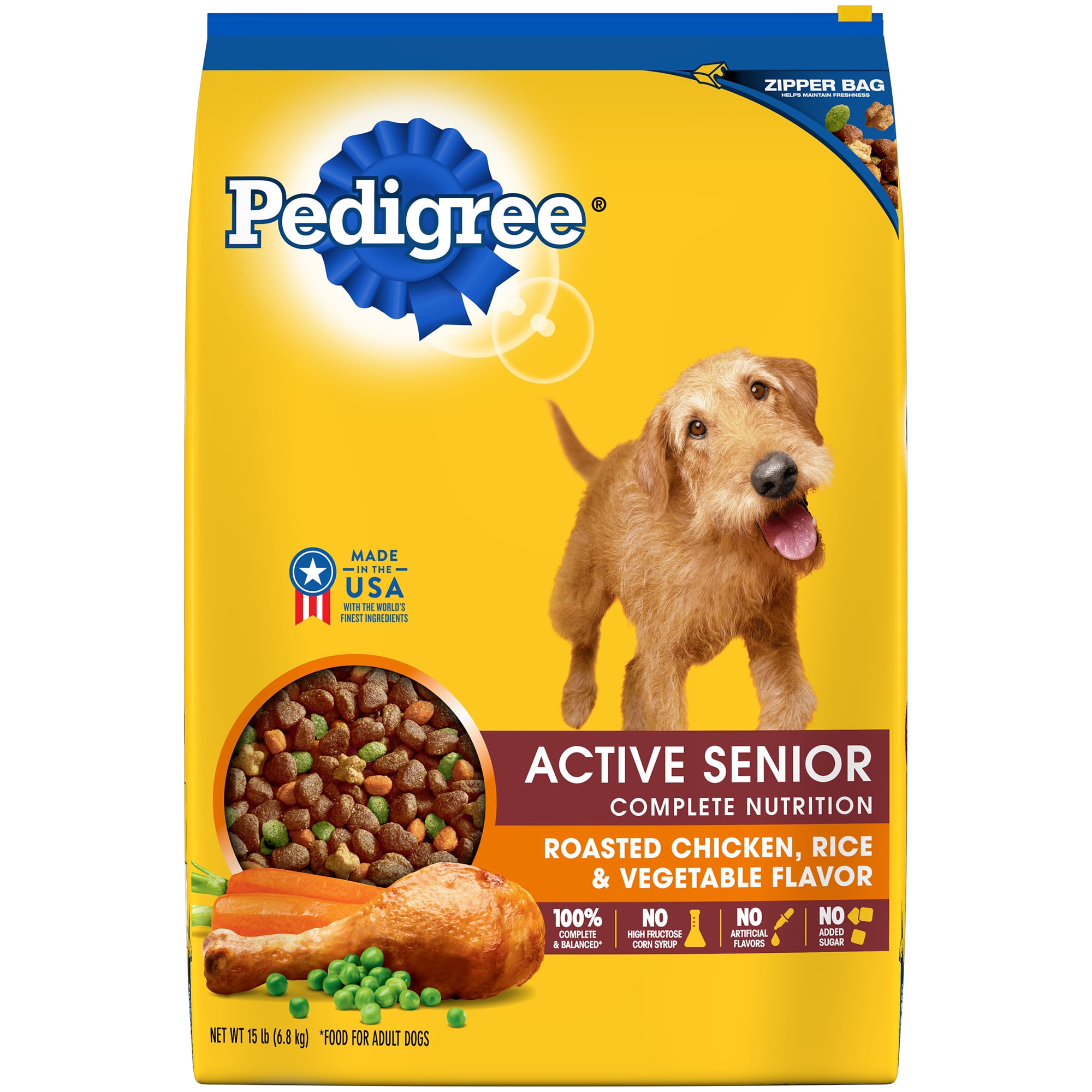
Nourishing Your Senior Companion: The Best Dog Food for Joint Health
As our beloved dogs enter their golden years, their needs change, and one of the most common challenges they face is joint pain and stiffness. Arthritis, hip dysplasia, and other joint conditions can significantly impact their mobility and quality of life. Fortunately, a carefully chosen diet can play a pivotal role in managing these issues and keeping your senior dog comfortable and active for longer.
Understanding the Connection: Diet and Joint Health
The food your senior dog consumes is more than just fuel; it’s a building block for overall health. When it comes to joint health, the right diet can:
- Reduce Inflammation: Chronic inflammation is a key driver of joint pain. Certain nutrients can help counteract this process.
- Support Cartilage: Cartilage acts as a cushion between bones in the joints. Specific ingredients can aid in its repair and maintenance.
- Maintain a Healthy Weight: Excess weight puts extra stress on joints, exacerbating pain and accelerating damage.
- Provide Essential Nutrients: Vitamins and minerals are crucial for overall health and can play a role in joint support.
Key Nutrients for Senior Dogs with Joint Issues
When selecting a dog food for your senior companion, prioritize formulas that include the following nutrients:
-
Glucosamine and Chondroitin: This dynamic duo is perhaps the most well-known for joint support. Glucosamine is a building block of cartilage, while chondroitin helps to prevent cartilage breakdown. Together, they can reduce pain, improve joint mobility, and slow the progression of arthritis.
- Sources: Look for these ingredients listed directly on the label. Some foods also include natural sources like green-lipped mussels or chicken cartilage.
-
Omega-3 Fatty Acids: These essential fats, particularly EPA (eicosapentaenoic acid) and DHA (docosahexaenoic acid), have potent anti-inflammatory properties. They can help to reduce joint pain and stiffness, as well as improve overall health.
- Sources: Fish oil (salmon, krill, cod liver), flaxseed, and algae are excellent sources of omega-3s.
-
Antioxidants: Free radicals can contribute to inflammation and joint damage. Antioxidants neutralize these harmful molecules, protecting cells and tissues.
- Sources: Vitamin E, vitamin C, selenium, and beta-carotene are all powerful antioxidants. Many fruits and vegetables, such as blueberries, spinach, and carrots, are also rich in antioxidants.
-
Hyaluronic Acid: This substance is naturally found in joint fluid, where it acts as a lubricant and shock absorber. Supplementing with hyaluronic acid can help to improve joint mobility and reduce pain.
- Sources: Some dog food formulas include hyaluronic acid as an added ingredient.
-
MSM (Methylsulfonylmethane): MSM is a naturally occurring compound that can help to reduce inflammation and pain. It also supports the formation of collagen, which is essential for healthy joints.
- Sources: Look for MSM listed as an ingredient in dog food or consider adding it as a supplement.
Choosing the Right Dog Food: What to Look For
With countless options on the market, selecting the best dog food for your senior dog with joint issues can feel overwhelming. Here’s a checklist to guide your decision:
- Age-Specific Formula: Senior dog foods are formulated to meet the unique nutritional needs of older dogs, often with lower calorie counts to help manage weight.
- Joint-Support Ingredients: Prioritize foods that contain glucosamine, chondroitin, omega-3 fatty acids, and antioxidants.
- High-Quality Protein: Protein is essential for maintaining muscle mass, which is crucial for supporting joints. Look for named meat sources like chicken, beef, or fish.
- Limited Fillers: Avoid foods that are packed with corn, wheat, or soy. These ingredients offer little nutritional value and can be difficult for some dogs to digest.
- Proper Calorie Content: Senior dogs tend to be less active, so it’s important to choose a food that is appropriately calorie-controlled to prevent weight gain.
- Palatability: Even the most nutritious food won’t help if your dog refuses to eat it. Consider your dog’s preferences and choose a flavor and texture that they enjoy.
Specific Dog Food Recommendations
(Note: Always consult with your veterinarian before making changes to your dog’s diet. The following are general recommendations and may not be suitable for all dogs.)
- Purina Pro Plan Veterinary Diets JM Joint Mobility: A veterinary-exclusive formula designed to support joint health with high levels of omega-3 fatty acids, glucosamine, and chondroitin.
- Hill’s Science Diet Adult 7+ Active Mobility: Formulated with glucosamine and chondroitin to support joint health in senior dogs.
- Royal Canin Veterinary Diet Joint Support: A veterinary-exclusive option with a blend of nutrients to support cartilage health and reduce inflammation.
- Blue Buffalo Life Protection Formula Senior Chicken & Brown Rice Recipe: A popular over-the-counter option with glucosamine, chondroitin, and omega-3 fatty acids.
- Nutro Ultra Senior Chicken, Lamb & Salmon Recipe: A grain-free option with a blend of protein sources and added antioxidants.
Beyond Food: Additional Strategies for Joint Health
While diet is crucial, it’s just one piece of the puzzle. Consider these additional strategies to support your senior dog’s joint health:
- Weight Management: Keep your dog at a healthy weight to reduce stress on their joints.
- Regular Exercise: Gentle exercise, such as walking or swimming, can help to maintain joint mobility and muscle strength.
- Comfortable Bedding: Provide a supportive and comfortable bed to cushion your dog’s joints.
- Supplements: Talk to your veterinarian about adding joint supplements to your dog’s diet.
- Medications: If your dog is experiencing significant pain, your veterinarian may prescribe pain medication or anti-inflammatory drugs.
- Physical Therapy: Physical therapy can help to improve joint mobility, reduce pain, and strengthen muscles.
Transitioning to a New Food
When switching your dog to a new food, it’s important to do so gradually to avoid digestive upset. Start by mixing a small amount of the new food with your dog’s current food, gradually increasing the amount of new food over a period of 7-10 days.
When to Consult Your Veterinarian
If you notice any signs of joint pain or stiffness in your senior dog, such as limping, difficulty getting up or down, or reluctance to exercise, it’s important to consult your veterinarian. They can help to diagnose the underlying cause of the problem and recommend the best course of treatment.
Conclusion
Providing your senior dog with a diet that supports joint health is one of the best ways to help them live a comfortable and active life. By choosing a high-quality dog food that is rich in joint-supporting nutrients, maintaining a healthy weight, and incorporating other strategies like exercise and supplements, you can help your furry friend enjoy their golden years to the fullest. Always consult with your veterinarian to determine the best course of action for your individual dog’s needs.

